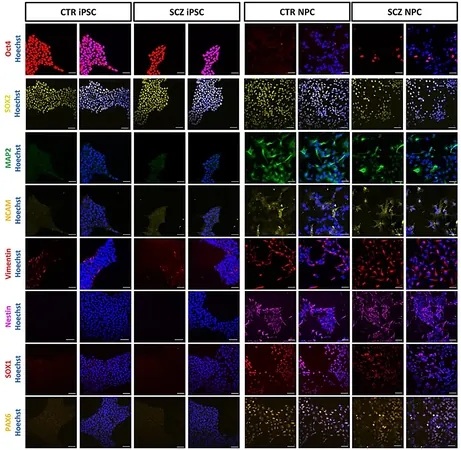
Shocking Link Found Between Air Pollution and the Rise of Peanut Allergies in Children!
2024-12-15
Author: Jia
In a groundbreaking study, researchers have identified a surprising new factor contributing to the alarming increase in peanut allergies among children: air pollution.
What Did the Study Find?
Carried out by the Murdoch Children's Research Institute and the University of Melbourne, the research monitored a cohort of 5,276 children in Melbourne from the age of one. They conducted follow-ups at ages four, six, and ten, meticulously estimating the levels of toxic gases present at each child's residence.
The findings were startling: researchers discovered that higher levels of air pollution are a significant risk factor for both the development and persistence of peanut allergies. This revelation is especially striking, given that Melbourne generally enjoys better air quality compared to many other cities around the globe. These findings were published in the esteemed Journal of Allergy and Clinical Immunology: In Practice, making this study the first of its kind to investigate the link between air pollution and food allergies.
Why Should We Be Concerned?
Currently, in Australia, one in ten children is diagnosed with a food allergy during their infancy—a statistic that mirrors alarming trends reported in the U.S. where between 1.4-4.5% of children were estimated to be living with a peanut allergy as of 2019. This condition not only poses serious health risks but also creates a challenging environment for families.
Take the case of Mae, daughter of Eleanor Jenkin. Diagnosed with peanut, dairy, and egg allergies at just eight months old after suffering severe hives, Mae faced a life-threatening situation when she experienced anaphylactic shock after trying to tolerate eggs. Mae now lives with constant dietary restrictions, and her mother always carries an EpiPen to ensure her safety.
Eleanor emphasizes the seriousness of the link: "If higher levels of air pollution are impacting the prevalence and persistence of these allergies, then this is crucial information for families."
How Is Air Quality Being Addressed?
Though air pollution is a complex issue that requires a multifaceted approach, there are efforts underway aimed at improving air quality. Increasingly, families are making the switch to electric vehicles and opting for solar energy solutions—both strategies that significantly reduce harmful emissions.
Additionally, carbon removal technologies, like those developed by Equatic, can absorb carbon dioxide from the air at unprecedented rates—99,000 times faster than natural processes. On a policy level, experts like Associate Professor Rachel Peters from the Murdoch Children's Research Institute advocate for stronger initiatives aimed at reducing air pollution. Such measures could play a vital role in lowering the risk of children developing life-threatening allergies.
The implications of this study are remarkable and underscore the urgent need for families to be aware of environmental factors that can impact children's health. As air quality continues to deteriorate in many urban areas, we must ask ourselves: How many more surprises are lurking in the shadows of pollution?
Stay informed, take action, and let’s strive for cleaner air for the health of our future generations!



 Brasil (PT)
Brasil (PT)
 Canada (EN)
Canada (EN)
 Chile (ES)
Chile (ES)
 España (ES)
España (ES)
 France (FR)
France (FR)
 Hong Kong (EN)
Hong Kong (EN)
 Italia (IT)
Italia (IT)
 日本 (JA)
日本 (JA)
 Magyarország (HU)
Magyarország (HU)
 Norge (NO)
Norge (NO)
 Polska (PL)
Polska (PL)
 Schweiz (DE)
Schweiz (DE)
 Singapore (EN)
Singapore (EN)
 Sverige (SV)
Sverige (SV)
 Suomi (FI)
Suomi (FI)
 Türkiye (TR)
Türkiye (TR)